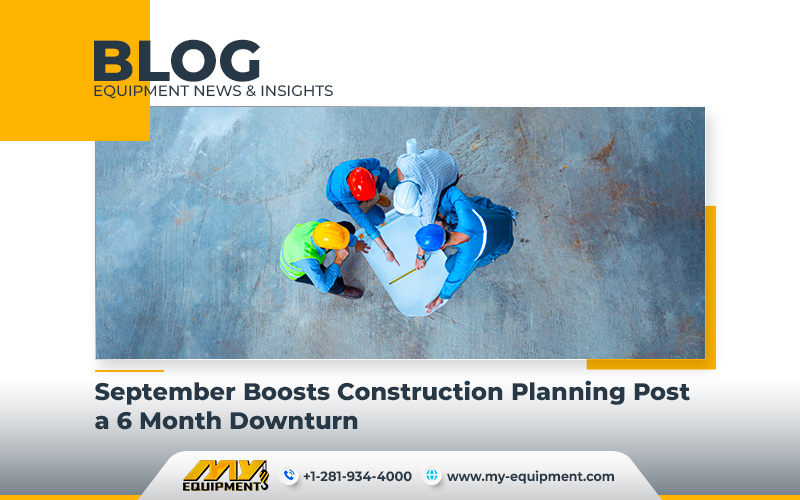In a promising shift for the construction industry, September marked a turning point as the Dodge Momentum Index (DMI) experienced a 3% increase, breaking a six-month streak of contraction. While commercial activities faced challenges due to dim a outlook for offices, growth in the education, life sciences, and healthcare sectors breathed fresh life into the institutional side.
DMI Rebounds with the September Surge
The Dodge Momentum Index, a reliable benchmark for measuring nonresidential development planning, saw a 3% increase in September. While the index had faced six consecutive months of contractions, this upturn hinted at maybe some brighter days ahead. Still it is worth noting that DMI still lags around 5% behind its position the previous year.
Main Contributors to September’s Boost
The growth experienced in September can be mostly attributed to the education, life sciences, and healthcare sectors. These areas showed a solid demand, driven by data centers, life science labs, and hospitals. Sarah Martin, associate director of forecasting for Dodge Construction Network, was of the opinion that while year to date trends indicate a decrease in commercial planning, institutional projects entering the queue are helping balance the scale.
Commercial Challenges
The commercial sector, encompassing offices, retail, and warehouses, continues to face challenges. Lingering high interest rates, ongoing supply chain disruptions, and stricter lending rules are expected to affect this sector in the foreseeable future. Weaker office planning in September resulted in a 1% decline in the commercial part of the DMI, reflecting a 12% decrease from the previous year.
Resilience of the Institutional Segment
In contrast to that the institutional sector including life sciences, healthcare, and education, has displayed resilience in the face of market pressures. For example, the life sciences and healthcare sector contributed to a 9 percent increase in institutional planning in September. Since September 2022, the institutional segment has grown by 12% year over year.
Architectural Billings Index (ABI) Trends
On the other hand, the latest data from the American Institute of Architects (AIA) presents a different perspective. The Architectural Billings Index, another indicator of upcoming construction work with a lead time of nine to twelve months, decreased by 3.8%. This decline signifies the eleventh consecutive month of flat or lower billings at architectural firms.
Some Big Initiatives in September
The momentum in September was driven by several big projects entering the planning phase, totaling $100 million or more. These included the $400 million Platform 16 office building in San Jose, California, and the $230 million Waterford Millstone Data Center in Waterford, Connecticut.
Institutional Projects
In the institutional category, noteworthy projects that entered the planning phase included the $927 million UC San Diego Research Park in San Diego, California, and phases three and four of the $634 million Kilroy Oyster Point Life Sciences Complex in San Francisco, California.


 1400 Broadfield Blvd, Houston, TX 77084,
USA.
1400 Broadfield Blvd, Houston, TX 77084,
USA.